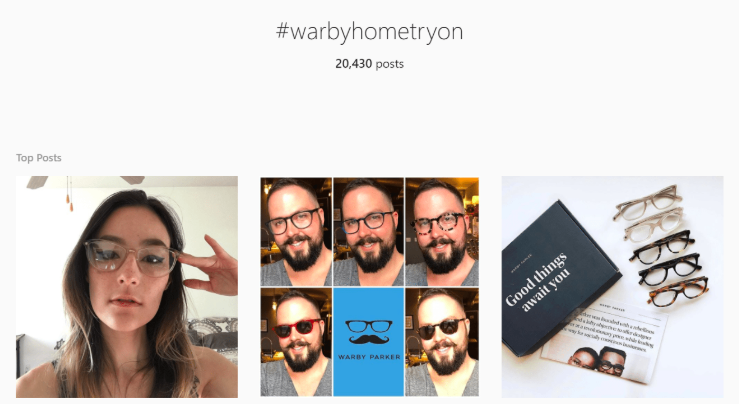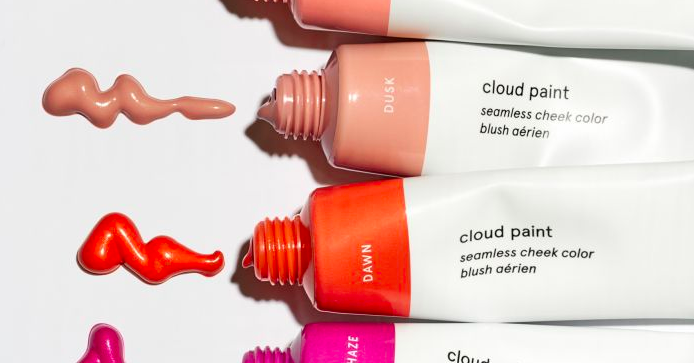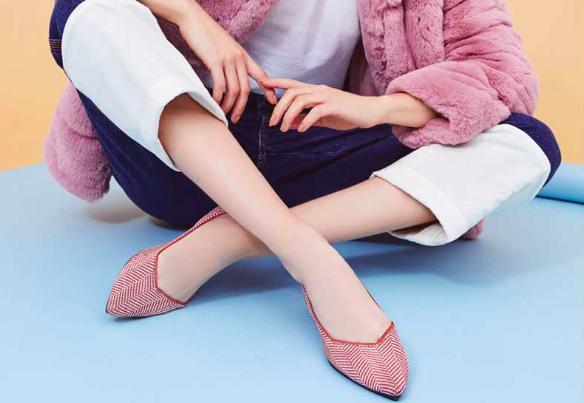I’ve recently noticed that most of the ads on my social media feeds are for direct-to-consumer brands – whether it be for American Giant hoodies, Rothy’s sustainable shoes, Warby Parker sunglasses, or Away suitcases.
So, what is a direct-to-consumer brand? A direct to consumer (or DTC) brand is a company that promotes and sells a product directly from the seller to the consumer. This means that the brand is able to cut out any middlemen along the way, sell their product for less than a traditional retailer might, and build a direct and trustworthy relationship with consumers. These new-wave brands, specifically in the retail space, are upending traditional companies and causing what the Interactive Advertising Bureau is calling a brand growth crisis for traditional companies. One thing is certain: these new direct-to-consumer brands know how to market damn well. Below are three major learnings from DTC companies and their marketing activities.
Build your own army.

Traditional brands like Revlon or Maybelline buy shelf space at big box retailers like Target or Walmart. While it guarantees them eyeballs from the millions of customers that walk through these retailers’ doors, it also means that they are missing out on leveraging brand advocates. Conversely, DTC brands like Warby Parker have developed strong, one-to-one relationship with consumers. The result? A devoted, engaged and loyal audience. Warby Parker was able to capitalize on a digital engagement strategy designed to take advantage of their millennial audience’s social media behavior. Early on, they asked customers to post photos of themselves wearing their Warby Parker trial frames via social media, asking their followers, friends and families to weigh in on which frames looked best. In this way, Warby Parker was able to leverage their customers to reach other potential customers, thereby building their own army from scratch. Rather than paying celebrities to endorse their products, Warby Parker has tapped into user-generated content to tell Warby’s stories in authentic ways, growing brand advocacy and achieving greater engagement.
Product design is a marketing strategy.

Historically, product design was often meant to be a form of advertising. Think of traditional shampoo companies. Images on the front of a bottle usually list out all the benefits of the shampoo solution and include a photo of a happy, healthy and beautiful model with a gorgeous mane to boot. Now, DTC companies are ripping up the marketing playbook. Since 2014, new wave beauty brand Glossier has attracted hardcore fans – part of this strategy was their product design. Positioning itself as the antithesis of the beauty industry’s big players, Glossier’s product design and packaging is deliciously upfront. Rather than purporting all the benefits the beauty products offer, Glossier products are decidedly minimalist. One of their best-selling products “cloud paint,” is a small white bottle that just says “seamless cheek color” in tiny font. The cap is a shade of pink that reads the specific hue (e.g. Haze, Dawn, Storm). Glossier leaves the marketing up to their customers, who wax poetic on their products on social media. In taking a more under-the-radar and alluring approach to product design and marketing, Glossier has been able to seize “it” brand status.
Customer (feedback) is king.

As mentioned previously, one of the strengths of DTC brands is their relationship with the customer. With a very direct relationship to the customer, DTC brands have troves of invaluable data they can use to better inform business and product strategy. We can look to sustainable shoe company (and disclaimer: my client!) Rothy’s for an inside look. Rothy’s is a DTC flats brand for women, offering beautiful and comfortable shoes made nearly entirely out of recycled plastic water bottles. Because they own the relationship with their customers, they’re able to know their highest-penetration markets (DC and Boston are two of their biggest markets). Just last week they announced they’d be opening 5 stores by the end of the year – DC and Boston are part of their brick-and-mortar strategy. Additionally, Rothy’s is able to understand their customers’ preferences and purchase trajectory. For example, they know that the Black Point style is usually a woman’s first purchase on the Rothy’s site (probably because it’s a neutral color and safe bet), and then after that first purchase that some woman feels more adventurous and is more comfortable playing with color, adding a red or printed pair of Rothy’s to her closet later. Understanding the path to purchase and repeat purchase has never been more important.

7 Responses to Why Are Direct-to-Consumer Brands So Damn Successful?